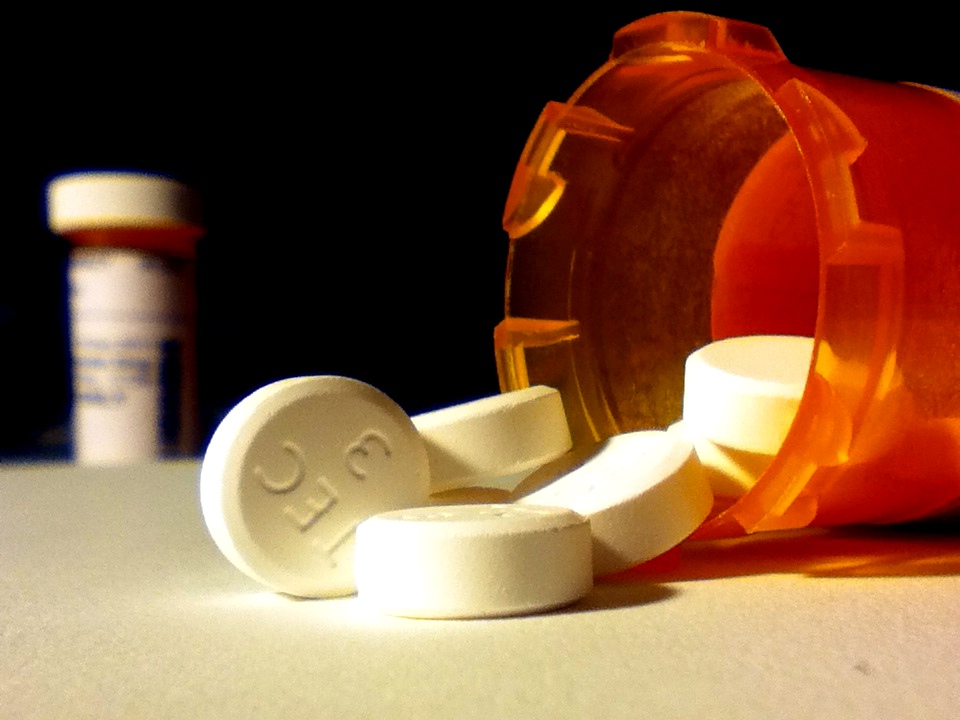Engineers solve drug dosage dilemma
Interview with
When someone gets an organ transplant they need a cocktail of different drugs to prevent the organ being rejected and to keep them healthy in other ways. But providing the right amount of each drug can be something of a guessing game - too few and the organ is rejected, too many and you could have some nasty side effects. So when UCLA surgeon Dr Ali Zarrinpar was approached by a father-son engineering duo who thought they had a new way to correctly keep the dosage within a safe range they soon set out to test this method. The results suggest it could be a safer way to dose patients, which is important because when it comes to medicine everyone is different, as he explained to Georgia Mills...
prevent the organ being rejected and to keep them healthy in other ways. But providing the right amount of each drug can be something of a guessing game - too few and the organ is rejected, too many and you could have some nasty side effects. So when UCLA surgeon Dr Ali Zarrinpar was approached by a father-son engineering duo who thought they had a new way to correctly keep the dosage within a safe range they soon set out to test this method. The results suggest it could be a safer way to dose patients, which is important because when it comes to medicine everyone is different, as he explained to Georgia Mills...
Ali - Not only you and I are different but I am different from me yesterday and me tomorrow. So my kidney function may be better today than it was yesterday and it may be worse today than it will be tomorrow or visa versa and all of these will affect how I respond to a given dose of drug.
Georgia - How does this new approach you've come up with actually work then?
Ali - What we did was even simplify the problem further. We're not trying to go to the moon on the first try. What we're trying to do is solve a very small problem in transplant immunosuppression and that's dosing of one immunosuppressant drug. Even that simple task is really difficult so we tried to, in a small clinical trial, optimise the dosing of this drug called tacrolimus, and that in itself is a clinical chore. So we have physicians who take a patient, they look at their drug response in the last few days, they look at where the optimal blood level of this drug is going to be and they will dose the next day's drug, and sometimes they're right and sometimes they're wrong. A lot of it depends on one, the clinical experience of the person that's doing it and also how stable the patient is that they're dosing. So what we decided to do was to take that small piece of the problem and solve it this way. And so what we did was we took our patients, we looked at their inputs which were dialysis, antiviral, antifungal, antibiotic, other immunosuppressants and use those as inputs and try to predict what the next day's tacrolimus dose should be, based on what the response of what the tacrolimus dose was on the previous few days.
Georgia - You worked out the inputs and then what did you have an equation that put them together?
Ali - What we did was our clinical team took the data and we sent it over to the engineering team. They basically plotted the data; they looked at the data on a curve; they made a number of curves with these drug responses and based on our target level next day they said well this dose of tacrolimus would give you tomorrow's level at whatever level you wanted it to be at. And so the next day we gave them that dose and we looked at whether the patient was within that range or not. It's an approach to using the patient's response to predict how they will respond in the future.
Georgia - And so did you find an improvement in your method compared to the traditional way of doing this?
Ali - So we did a small perspective trial. We had four patients who were getting standard of care which is basically the physician's dosing and we had four patients where we had the engineers analyse the data and do the dosing. It's a small study so the statistics of it are not as impressive but certainly the number of days that the patients on the engineer dosed arm did much better, so they had fewer days out of range, they had fewer days widely out of range. In every parameter that we measured the engineering dosed patients did better.
Georgia - Are there applications outside of organ donation? Could this new method be broadened across drug taking in general?
Ali - There are a number of different health problems out there that require multi-drug treatment. I think it's a very rare disease that you can take one drug for and it will cure the problem. Our engineering teams actually looked at a number of different issues in this case. Although our trial was the first in-human trial of this methodology, they have shown in the lab response in mice in colon cancer chemotherapies or Chemotherapy is a multi-drug treated disease so chemotherapy regimes can be optimised. Tuberculosis is, in general, a multi-drug treated disease so tuberculosis combinations can be optimised. And there are a lot of other issues, other diseases that are treated now with a single drug. Bacterial infections; a lot of times I think the infectious disease community likes to have a silver bullet antibiotic to treat an infection, but they may actually be better to treat a single infection with multiple drugs to minimise the risk of developing resistance and so that's one avenue we're trying this methodology on.










Comments
Add a comment